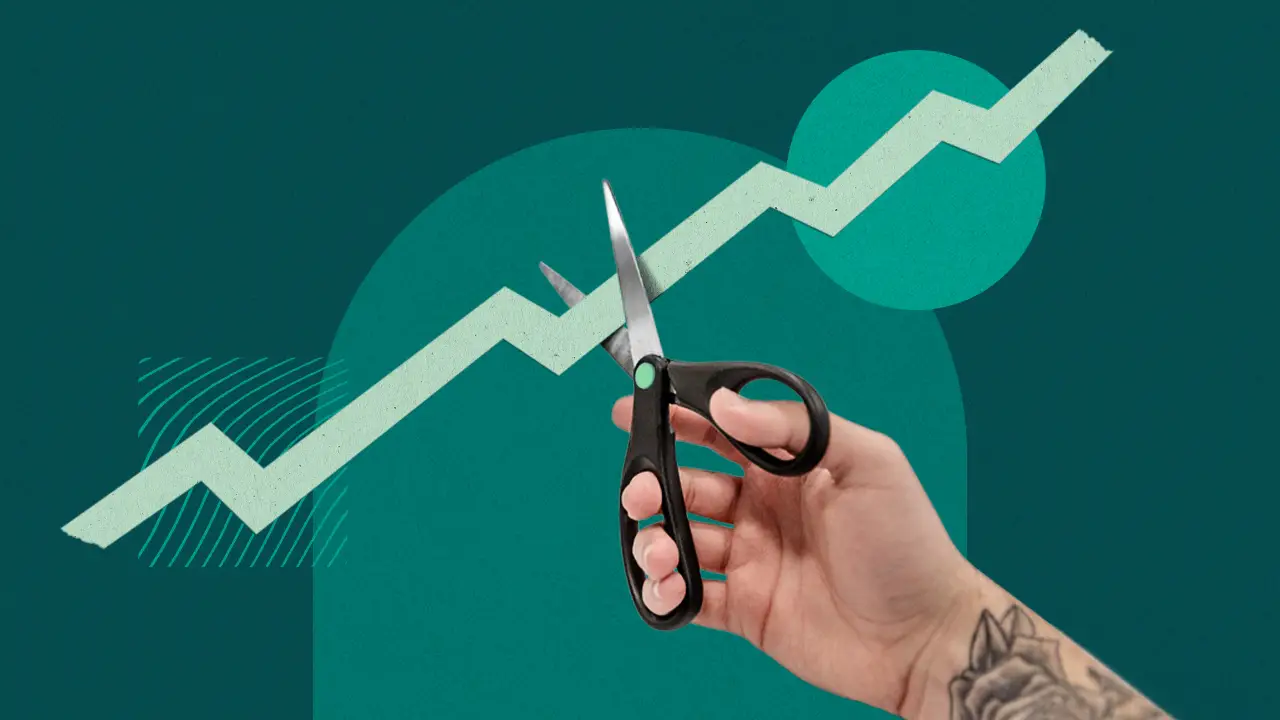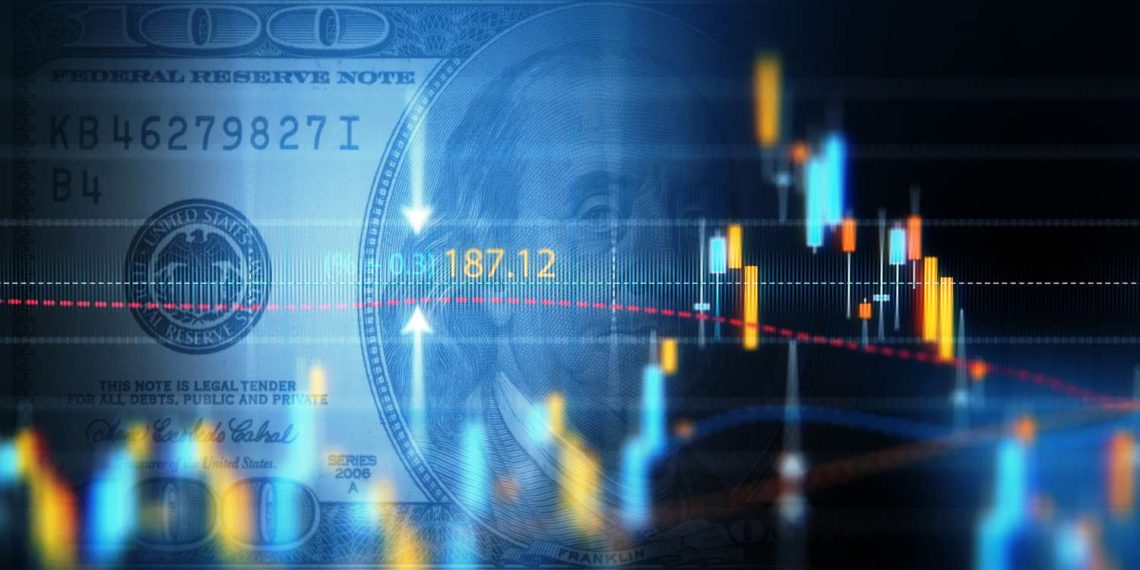In February, U.S. prices showed signs of moderation, particularly in services outside of housing and energy, maintaining the possibility of a Federal Reserve interest rate cut in June.
The Commerce Department’s report highlighted a notable increase in consumer spending last month, signaling the economy’s robustness despite prevailing challenges.
The U.S. continues to exhibit resilience compared to global counterparts, buoyed by ongoing labor market strength even amid higher borrowing costs.

The Personal Consumption Expenditures (PCE) price index rose by 0.3% in February, following a revised 0.4% increase in January, slightly below economists’ expectations of a 0.4% gain.
The rise in goods prices, led by a 3.4% surge in energy product costs, contributed to the overall uptick. However, prices for furnishings and household equipment, along with other durable goods, remained subdued.
Core inflation, excluding food and energy components, increased by 0.3% last month, marking a slower pace compared to January’s 0.5% gain.
Year-on-year, core inflation rose by 2.8% in February, a slight decline from the previous month’s 2.9%. The Fed closely monitors PCE price measures for monetary policy decisions.
While some elements of stickiness remain in inflation trends, services prices rose by 0.3%, decelerating from January’s 0.6% increase.
The cost of housing and utilities saw a 0.5% rise, while recreation and financial services experienced solid price increases. However, dining out and transportation services saw minimal changes, and healthcare costs rose marginally.

Consumer spending surged by 0.8% in February, marking the largest increase since January 2023, after a modest 0.2% rise in January. Adjusted for inflation, real consumer spending rebounded by 0.4%, indicating sustained momentum in consumption.
However, income growth slowed to 0.3% in February, partly attributed to a special dividend from Costco Wholesale Corporation in January. The decline in disposable income after inflation and taxes underscores potential challenges if the labor market weakens.




